Game On!
Plane and Pilot
MARCH 25, 2025
The Texas winds were gusting anywhere from 15-25 knots, and like other aerobatic airplanes, the canopy can be easily blown off. As soon as the tail was up, I added full power and accelerated to 80 knots and rotated with the tiniest bit of back pressure. Before I knew it we had already hit 120 knots. Takeoff Over 50-ft.

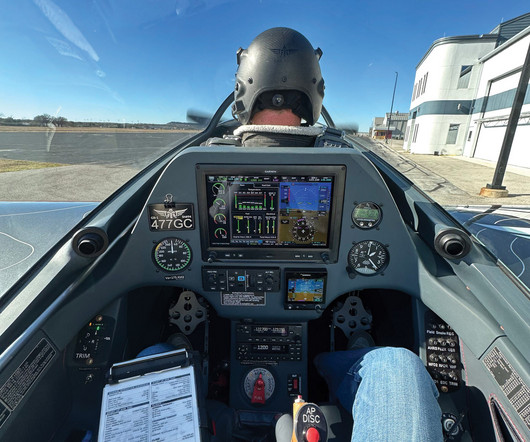





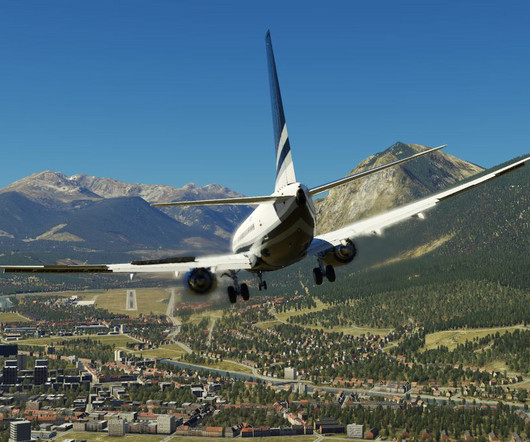
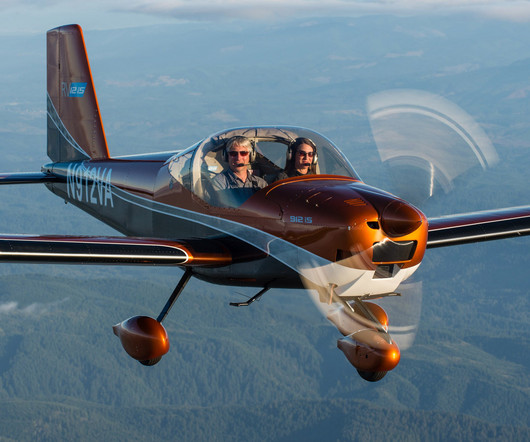
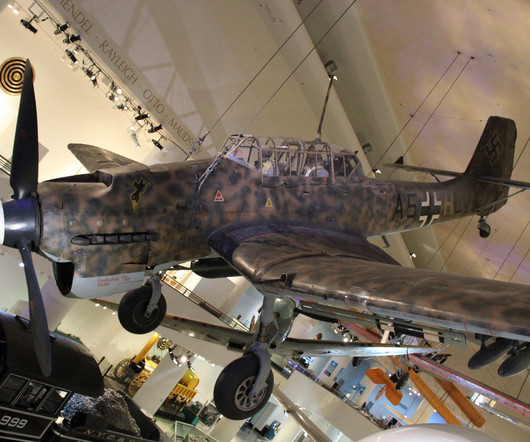

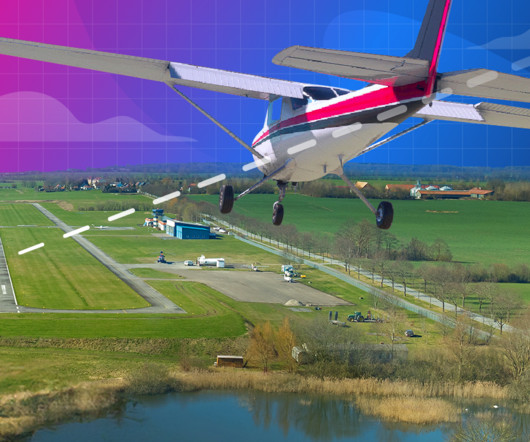

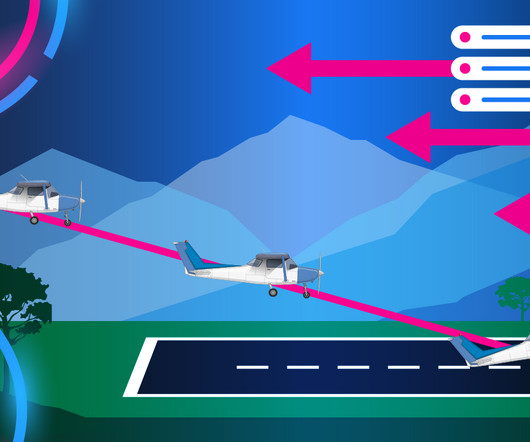



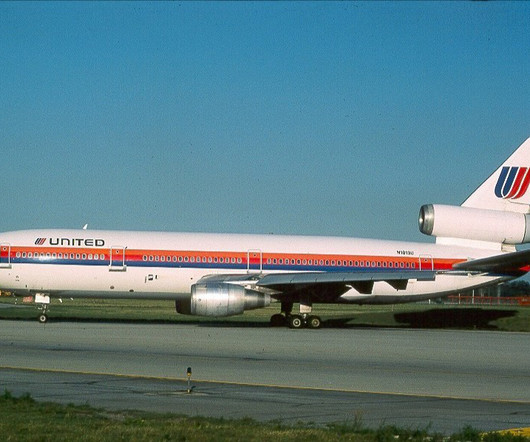





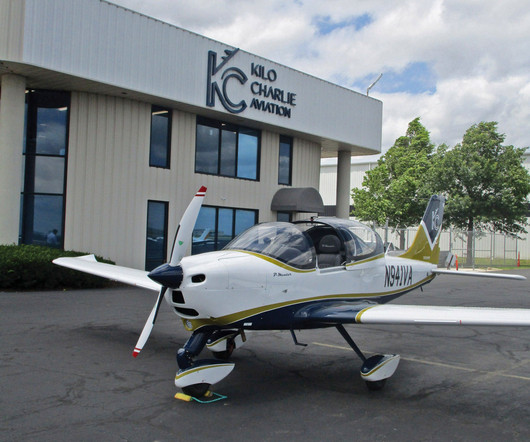
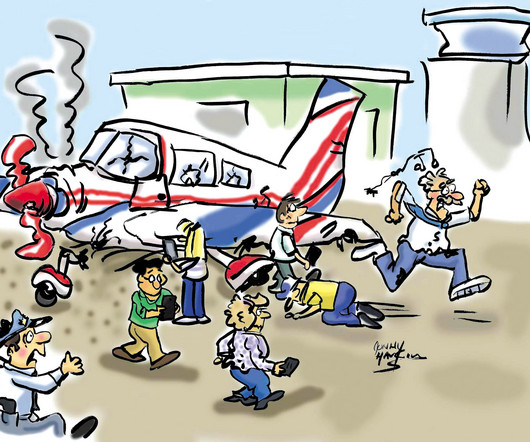






Let's personalize your content